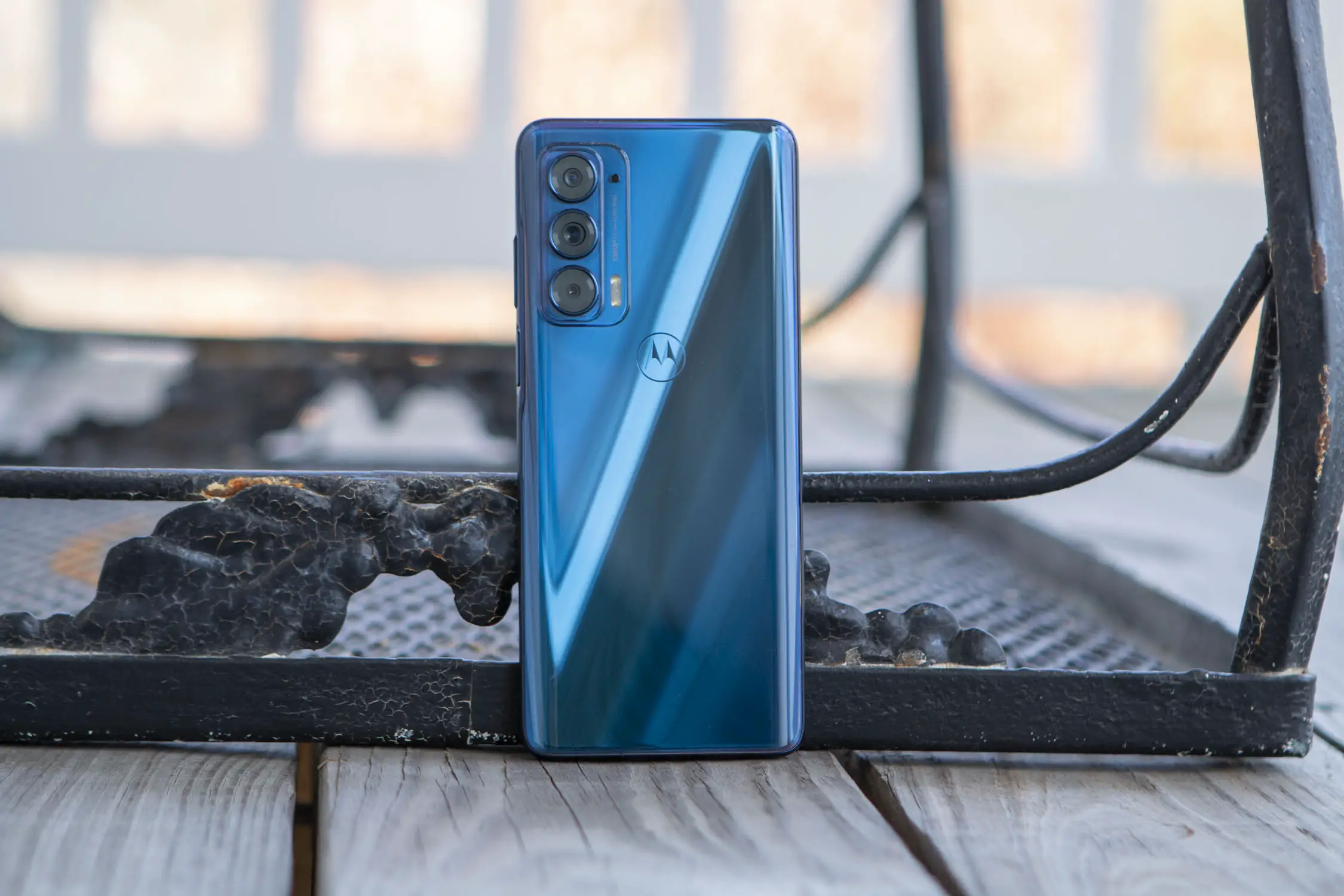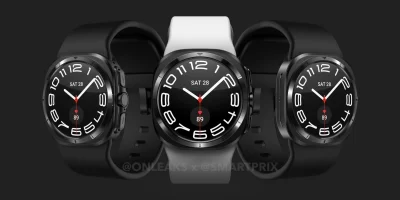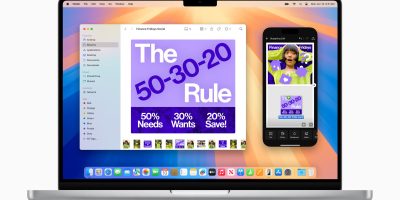Where to begin.
Over the past few years, I’ve had the privilege of being able to review, check out, or purchase a wide variety of Android phones. Some have been pretty great and are the industry standard. Others, not so much. But there is one fact that remains across all of them, regardless of what name you may find on the back.
Software updates have been a massive pain point for Android users for years, as phone makers continue to struggle when it comes to releasing even monthly security updates. You don’t need much more proof than what happened with Google and the December Security Patch for the Pixel 6 lineup, or with Samsung and OnePlus after Android 12 was released. Having an update arrive in waves is a great way for phone makers to ensure that there are no other major bugs that rear their ugly heads before the update rolls out to everyone. But it’s just a convoluted mess everywhere and this is just one piece of the puzzle.
The other piece comes in terms of the lifespan of different phones. A recent article published by Aaron Gordon of VICE shows that even Google isn’t prepared to support its devices for more than just a couple of years. Under no uncertain terms, Gordon is being forced “to dump a perfectly good phone” in the Pixel 3. Potential software bugs aside, that isn’t even the reason why. Instead, it’s because as of now, the Pixel 3 will receive no more major Android OS or even security updates. Essentially, it’s just been turned into a paperweight.
Three years isn’t enough
Of course, I don’t mean a literal paperweight, as it’s not like the phone will completely stop working. My father-in-law, for example, is continuing to use a Galaxy S7 because it’s familiar to him and doesn’t want to have an Android phone that doesn’t have a button on the front. There’s nothing wrong with that, per se, but I’ll definitely be trying to get him into a Pixel 5a sooner rather than later. The phone may be slow and sluggish, but it’s still running and allows him to do everything that he wants on a daily basis.
This same three-year death date is being placed on all of Google’s other Pixel phones that came before the Pixel 6. Here’s what the schedule looks like for the remaining Pixel devices:
- Pixel 3a / 3a XL: May 2022
- Pixel 4 / 4 XL: October 2022
- Pixel 4a: August 2023
- Pixel 4a (5G): November 2023
- Pixel 5: October 2023
- Pixel 5a with 5G: August 2024
The outlier here is the Pixel 6 and 6 Pro, which are slated to receive major Android OS updates until October 2024, and “guaranteed security updates” until October 2026.
When Gordon reached out to a Google representative, he was told the following:
“We find that three years of security and OS updates still provides users with a great experience for their device.”
Three years. That’s all you get. For those of us who upgrade every year, or have the privilege to test out these different devices, that’s more than enough. I can’t even think of the phone that I was using three years ago off the top of my head, let alone what I was using the year before that. But that’s not the case for the vast majority of users out there.
Google paraded the Pixel 6 and 6 Pro out on stage just a few months ago, with that Conor McGregor strut, that its latest phones would be supported until 2026. Honestly, I drank some of the Kool-Aid and commended Google for making such a promise. Five years of security updates are pretty great for any phone, even if you won’t be able to get anything “new” after Android 15.
But here’s the thing. If you look over the hedges of the walled garden, it’s a much different experience. If you buy an iPhone today, your phone will continue to be supported for the coming years. There’s no “end of life” date put on the box in invisible ink, but you can rest easy knowing that Apple will still provide updates for at LEAST a few years.
Even Samsung is getting better about its updates, with some positing that the company has surpassed Google when it comes to reliable software updates, including ones that offer major feature changes. But Samsung’s also the outlier here. Even Google, with its self-imposed death-dates on Pixel phones, is an outlier.
Few outliers
There is a very good reason as to why these smartphone makers struggle with providing more than two or three years of reliable software updates. It’s also the reason how Google was able to “push” the support timeline a few years. Almost every non-iPhone out there is powered by a Qualcomm or MediaTek processor. These chipsets have a shelf-life, as Qualcomm or MediaTek only offer driver support for a pre-determined amount of time. This means that once the shelf life has been reached, phone makers can’t release an update to those phones even if wanted to. An example of this comes via NVIDIA, which just updated its original Shield TV to Android 11, and that’s only possible because NVIDIA created the chipset found in the Shield TV lineup of streaming devices.
Instead, the “norm” has become purchasing a phone from a company other than Google and Samsung, and not having any clue when an update is going to be made available. Motorola, which has two phones in the top 10 “best sellers” for unlocked phones, is arguably the most egregious offender. OnePlus tried pushing the final Android 12 update but was forced to pull it before changing course and fixing the bugs. But do you know for how much longer even the OnePlus 9 will be supported? OnePlus used to be at the top of the mountain with its Pixel-like experience filled with extra features that we actually wanted to have. Now, it’s just like the rest of the smartphone makers who release a phone, take our money, and then abandon it. Rinse and repeat, year after year.
For the most part, most other Android phone makers leave you in the dark and if you actually end up with a software update, it’s practically a tongue-in-cheek joke. It’s frustrating to know that even Google, the company that is known for its software, can’t even get that right with its own hardware. Honestly, I would love to see something akin to what is available with the Chrome OS scene, as you have laptops that will last for at least five years (usually more) before they become obsolete.
After I shared a quick blurb about what I thought about VICE’s piece and Ben Schoon’s response at 9to5Google, a friend responded with the thought that many probably have “phones are disposable these days. Decent mid to low range stuff is completely adequate if you’re not a power user, whatever that means.” He’s absolutely right. Phones are disposable, and mid-range phones are great even if you aren’t a power user.
Flagship phones aren’t the disposable ones, but those cheap phones that your parents might try and buy are. The average cost of a phone nowadays, combining those cheap phones and the flagships, is around $500. But many of them are at least a year old and likely won’t receive any further updates, which leads to frustrations and headaches when the inevitable “next big bug” hits our phones.
But this doesn’t change the fact that you shouldn’t be forced to recycle your phone after owning it for just three years. Google needs to be better. Google needs to lead the way. And Google needs to show the rest of the market that phones can last for more than just a couple of years before they are simply abandoned.











Comments